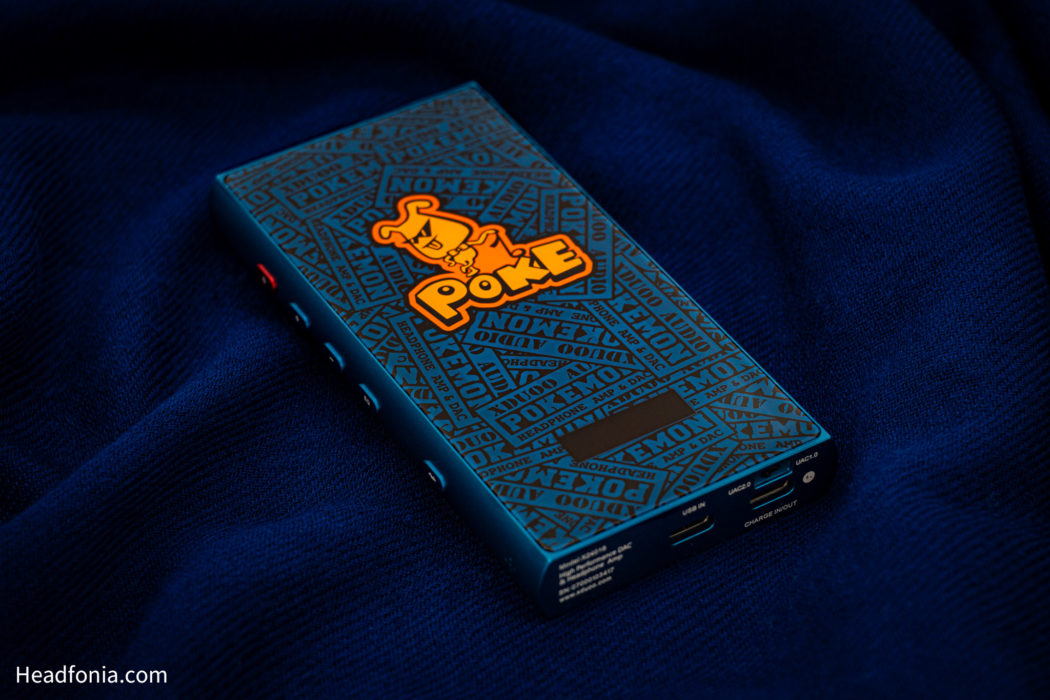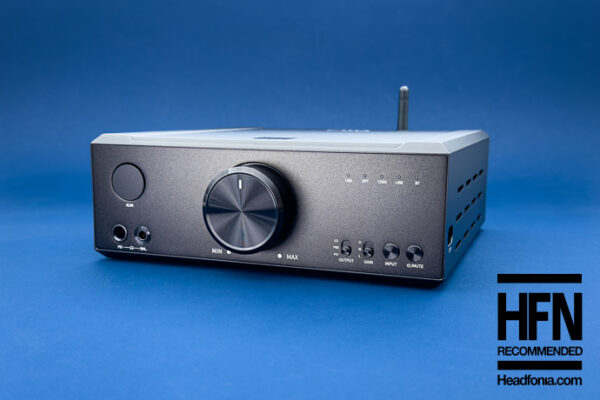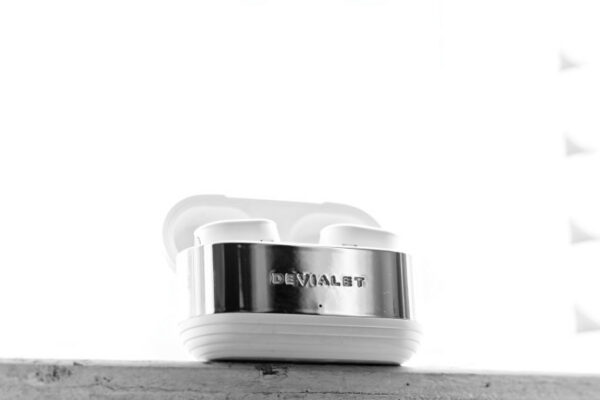Technology Inside
Let’s take a peek at the hardware inside of the xDuoo’s latest. The Poke II comes equipped with Cirrus Logic’s flagship DAC chipset CS43198 in dual configuration. This is a popular chip from Cirrus Logic and it is widely used in audio products released in the last couple of years. The unit is controlled by Altera Max II CPLD and comes equipped with two low-phase crystal oscillators. As for the USB Controller, the Poke II utilizes the XU208 chipset from XMOS. For wireless connectivity, the Poke II relies on the CSR8675. It is a critically acclaimed, premium-tier chipset from Realtek. It also comes with LDAC support and we have covered many devices utilizing this particular piece. It offers stable performance and great connectivity. Lastly, for the amp and buffer stage, xDuoo used Analog Devices’ AD8397 and it offers more than enough juice for on-the-go listening. Additionally, the Poke II has advanced filtering with plenty of LDOs on the circuit. Overall, xDuoo’s choice of hardware seems quite sound but as with any DAC & AMP, it all comes down to the implementation.
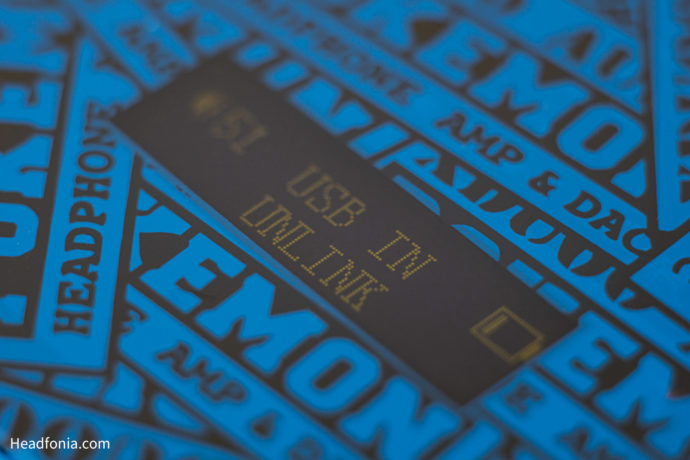
Features
The Poke II is a feature-packed device. I’ll try to cover each and every one of them in this chapter. Let’s start with the basics. The device comes with a UAC1.0 / UAC2.0 switch. This switch is located at the bottom of the device, right next to the USB port. The UAC1.0 mode lets you use the Poke II with devices that do not have direct support for USB DACs. This means that you can use the Poke II with your gaming consoles for example.
The Poke II is not a USB-powered device. It has a 4000 mAh battery inside its chassis that is supplying clean power to the audio circuitry. This is quite good, sound quality-wise, but this also means that you will need to charge it. The playback time depends on wired/wireless usage. When fully charged, the Poke II offers 10 to 12h of wireless playback. If you go wired, the battery drains in about 8 hours. It takes 2h-2,5h to fully charge the battery. I used a 20w brick and it worked great. The Poke II also comes with a reverse-charging feature. That means it can be used as a power bank if the need arises. You can also charge Poke II while using it but do note that the device runs hot when charging and listening simultaneously.
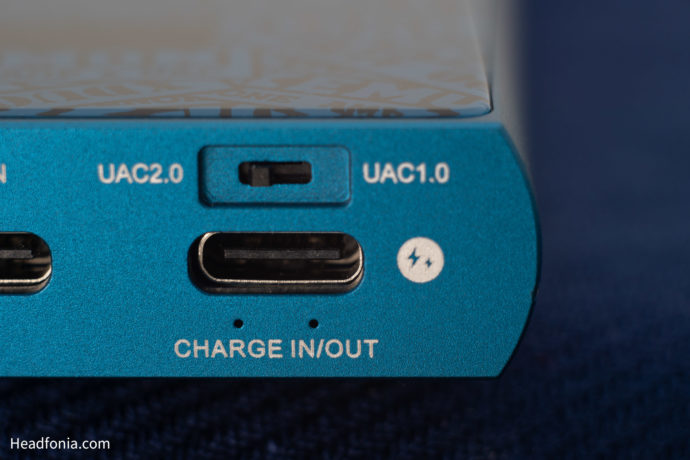
The Poke II comes with xDuoo’s in-house EQ feature. There are 3 presets available. Those are POP, MOVIE, and GAME. Also, there is a fourth option that xDuoo calls “TONE”. The “TONE” option lets you change treble and bass responses and make 1dB adjustments, negative or positive. Max adjustment range is 10 decibels per range. The EQ is limited, but it is still nice to have.
The Poke II comes with two filter options. You can either select the fast filter, aka FILTER1, or the slow filter aka FILTER2.
Let’s talk about wireless performance and signal stability. The device comes equipped with one of Realtek’s premium-tier chipsets, CSR8675. The CSR8675 is a well-known chip and it utilizes Bluetooth 5.0. It supports AAC / SBC / aptX / aptX LL / aptX / LDAC codecs and provides a stable connection on-the-go. The signal stability was okay during my time with the Poke II, I haven’t had any major audio cut-outs but I’ve experienced stutter whenever I am in a Bluetooth congested area like the subway. I used LDAC and Android’s audio quality priority Bluetooth mode exclusively. The LDAC range is worse than typical and you get no stutter up to 1-1,5 meters. AAC & SBC range is 6-7 meters. Usually, the CSR8675 is capable of delivering 900+ kbps up to 4-5m but this was not the case with the Poke II.
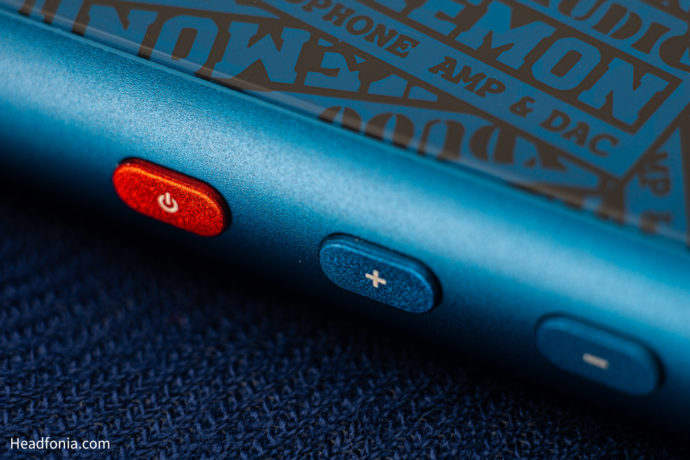
There is an integrated microphone at the bottom left of the device under the Bluetooth button. It is useful to answer calls wirelessly straight from the Poke II which could prove useful during public transportation. The microphone quality is not the best though, it picks up a little too much ambient noise but gets the job done nonetheless.
Power
The Poke II offers a good amount of power for its form and factor. It can dish out 340mW into a 32Ω load via single-ended output. Going balanced provides twice more juice and boosts up the power to 700mW which is impressive. The Poke II has enough power for both IEMs and full-sized headphones so you don’t have to worry about powering your favorite gear on the go. For a wireless DAC & AMP, these numbers are very, very impressive.
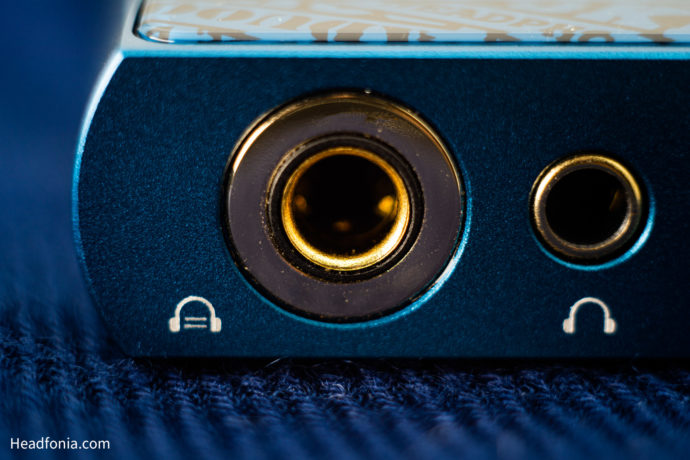
As for the background noise, I tested the Poke II with very sensitive (8Ω) In-Ear Monitors and haven’t run into any issues. The background was quiet and there was no hissing either. The integrated battery and the filtering stage of the Poke II do a great job indeed.
The review continues on Page Three, after the click HERE or by using the jump below.
Page 1: xDuoo, xDuoo Poke II, Packaging & Accessories, Design & Build Quality
Page 3: Sound Performance, Technical Performance, Comparison vs. FiiO BTR7, Last Words





